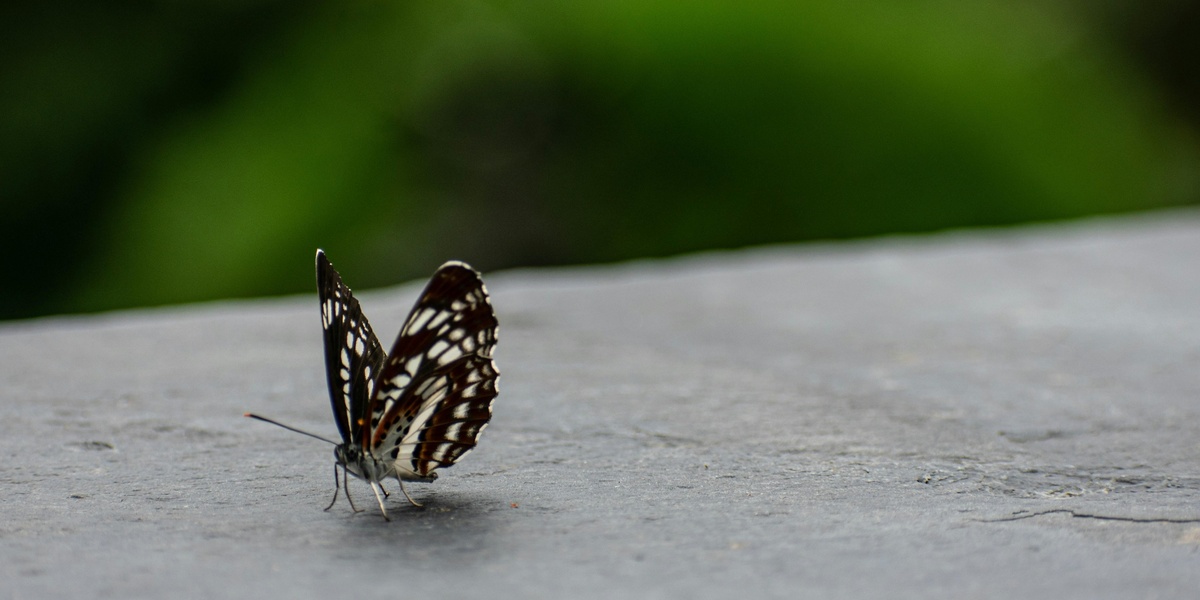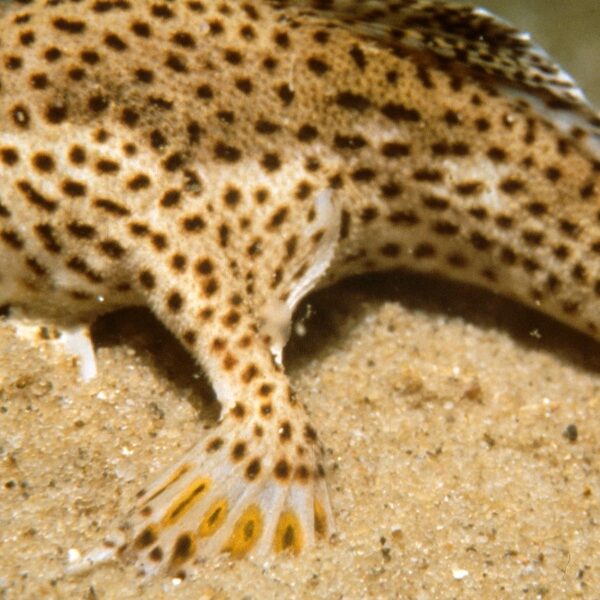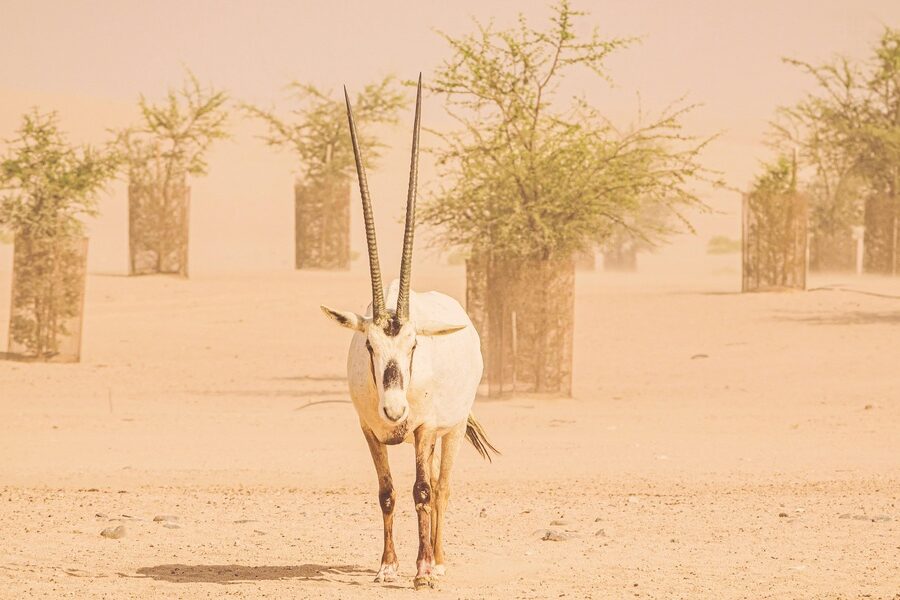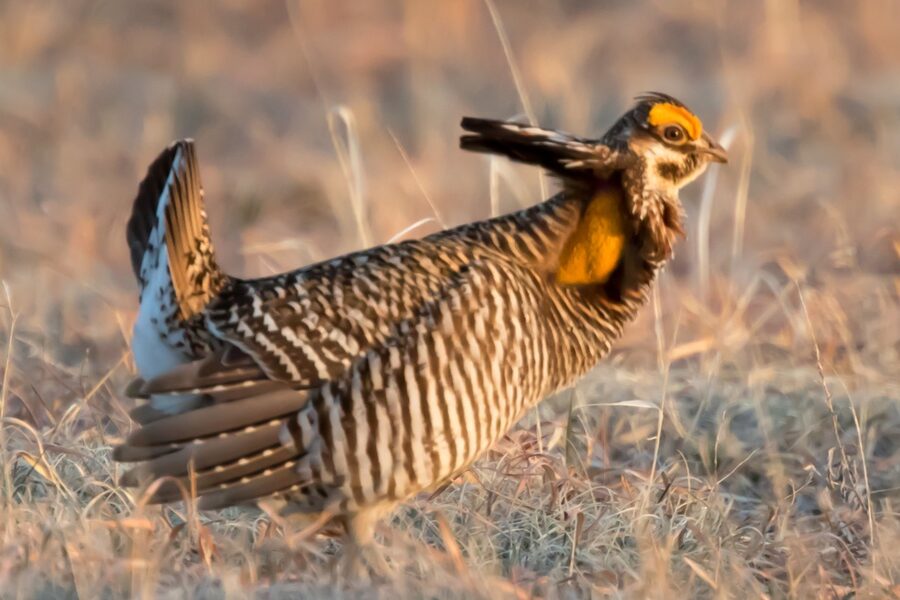San Diego County is celebrated for its stunning coastlines, vibrant communities, and rich biodiversity. This unique geography, from arid deserts to chaparral hillsides, fosters an incredible array of plant and animal life, many of which are found nowhere else, making its ecological health particularly vital.
However, this natural splendor also faces significant challenges. To highlight these critical needs, we’ve compiled a comprehensive list. There are 40 Endangered Species in San Diego, ranging from the elusive Arroyo Toad to the delicate Willowy Monardella. For each, you’ll find below key information including their Scientific Name, Conservation Status, and Primary Habitat, providing a clear picture of their situation.
Why are there so many endangered species in San Diego?
San Diego’s unique biodiversity, while a treasure, also makes it vulnerable. The region’s rapid urban development, habitat fragmentation, and the introduction of invasive species are primary drivers of decline. Additionally, its position as a biodiversity hotspot means many species are naturally rare and have very specific habitat requirements, making them more susceptible to environmental changes. Climate change further exacerbates these pressures, leading to shifts in temperature and rainfall patterns that impact sensitive ecosystems.
What does “Endangered” conservation status mean?
When a species is listed as “Endangered,” it signifies that it is facing a very high risk of extinction in the wild. This status is typically determined by scientific assessments that consider factors like population size, rate of decline, geographic range, and the severity of threats. It’s a critical designation that triggers legal protections and conservation efforts aimed at preventing further loss and promoting recovery, highlighting the urgent need for intervention.
Endangered Species in San Diego
| Common Name | Scientific Name | Conservation Status | Primary Habitat |
|---|---|---|---|
| Quino Checkerspot Butterfly | Euphydryas editha quino | Federal Endangered | Coastal sage scrub, open grasslands |
| Arroyo Toad | Anaxyrus californicus | Federal Endangered | Sandy, slow-moving streams and rivers |
| California Gnatcatcher | Polioptila californica californica | Federal Threatened | Coastal sage scrub |
| Light-footed Ridgway’s Rail | Rallus obsoletus levipes | Federal Endangered, State Endangered | Coastal salt marshes |
| California Least Tern | Sternula antillarum browni | Federal Endangered, State Endangered | Coastal beaches and wetlands |
| Western Snowy Plover | Charadrius nivosus nivosus | Federal Threatened | Sandy coastal beaches |
| Southwestern Willow Flycatcher | Empidonax traillii extimus | Federal Endangered, State Endangered | Dense riparian woodlands |
| Least Bell’s Vireo | Vireo bellii pusillus | Federal Endangered, State Endangered | Riparian woodlands |
| Peninsular Bighorn Sheep | Ovis canadensis nelsoni | Federal Endangered, State Threatened | Desert mountain slopes |
| Stephens’ Kangaroo Rat | Dipodomys stephensi | Federal Endangered, State Threatened | Open grasslands and forblands |
| Pacific Pocket Mouse | Perognathus longimembris pacificus | Federal Endangered | Coastal sage scrub and grasslands |
| San Diego Fairy Shrimp | Branchinecta sandiegonensis | Federal Endangered | Vernal pools |
| Riverside Fairy Shrimp | Streptocephalus woottoni | Federal Endangered | Vernal pools |
| Laguna Mountains Skipper | Pyrgus ruralis lagunae | Federal Endangered | Montane meadows |
| Tidewater Goby | Eucyclogobius newberryi | Federal Endangered | Coastal lagoons and estuaries |
| Unarmored Threespine Stickleback | Gasterosteus aculeatus williamsoni | Federal Endangered, State Endangered | Slow-moving streams |
| Barefoot-banded Gecko | Coleonyx switaki | State Threatened | Rocky desert canyons |
| San Diego Mesa Mint | Pogogyne abramsii | Federal Endangered, State Endangered | Vernal pools |
| Otay Mesa Mint | Pogogyne nudiuscula | Federal Endangered, State Endangered | Vernal pools |
| Encinitas Baccharis | Baccharis vanessae | Federal Threatened, State Threatened | Maritime succulent scrub |
| San Diego Thorn-mint | Acanthomintha ilicifolia | Federal Threatened, State Endangered | Clay soils in grasslands |
| Otay Tarplant | Deinandra conjugens | Federal Threatened, State Endangered | Clay soil grasslands |
| San Diego Button-celery | Eryngium aristulatum var. parishii | Federal Endangered, State Endangered | Vernal pools |
| Willowy Monardella | Monardella viminea | Federal Endangered, State Endangered | Sandy washes and riverbeds |
| Del Mar Manzanita | Arctostaphylos glandulosa ssp. crassifolia | Federal Endangered | Maritime chaparral |
| San Diego Ambrosia | Ambrosia pumila | Federal Endangered | River terraces and floodplains |
| Mexican Flannelbush | Fremontodendron mexicanum | Federal Endangered, State Rare | Chaparral on Otay Mountain |
| Thread-leaved Brodiaea | Brodiaea filifolia | Federal Threatened, State Endangered | Clay grasslands and vernal pool edges |
| Salt Marsh Bird’s-beak | Chloropyron maritimum ssp. maritimum | Federal Endangered, State Endangered | Coastal salt marshes |
| California Orcutt Grass | Orcuttia californica | Federal Endangered, State Endangered | Vernal pools |
| Spreading Navarretia | Navarretia fossalis | Federal Threatened | Vernal pools and alkaline flats |
| Nevin’s Barberry | Berberis nevinii | Federal Endangered, State Endangered | Alluvial scrub and chaparral |
| Dehesa Beargrass | Nolina interrata | Federal Threatened, State Endangered | Chaparral on gabbro soils |
| Cuyamaca Lake Downingia | Downingia concolor var. brevior | Federal Endangered, State Endangered | Montane meadows near Cuyamaca Lake |
| Short-leaved Dudleya | Dudleya brevifolia | Federal Threatened, State Endangered | Coastal bluffs near Del Mar |
| Sticky Dudleya | Dudleya viscida | Federal Threatened | Coastal bluffs |
| Orcutt’s Spineflower | Chorizanthe orcuttiana | Federal Endangered, State Endangered | Coastal sandy soils |
| Slender-horned Spineflower | Dodecahema leptoceras | Federal Endangered, State Endangered | Alluvial fan sage scrub |
| San Jacinto Valley Crownscale | Atriplex coronata var. notatior | Federal Endangered | Alkaline soils, vernal pools |
| Parish’s Brittlescale | Atriplex parishii | Federal Threatened | Alkaline flats and vernal pools |
Images and Descriptions
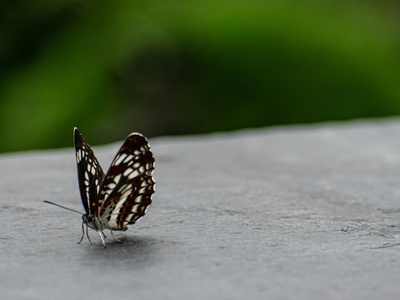
Quino Checkerspot Butterfly
This small, brightly colored butterfly relies on native plants like plantain for its caterpillars. Habitat loss and drought have decimated its populations, making sightings increasingly rare in its historical San Diego home.

Arroyo Toad
This stout-bodied toad is a master of camouflage, burying itself in sandy soils near ephemeral streams. Its survival is threatened by dam construction, urbanization, and non-native predators that alter its riparian habitat.
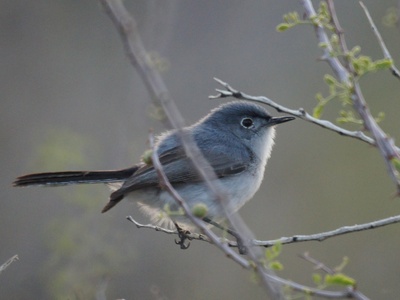
California Gnatcatcher
A tiny, non-migratory songbird known for its kitten-like call. It is an indicator species for the health of coastal sage scrub, a habitat that has been dramatically reduced by development in Southern California.
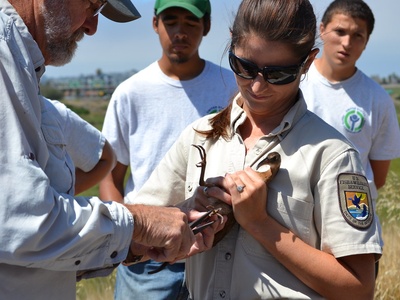
Light-footed Ridgway’s Rail
This secretive, chicken-like bird lives exclusively in the dense cordgrass of Southern California’s remaining salt marshes. Its survival depends on healthy tidal wetlands, which are threatened by sea-level rise and pollution.
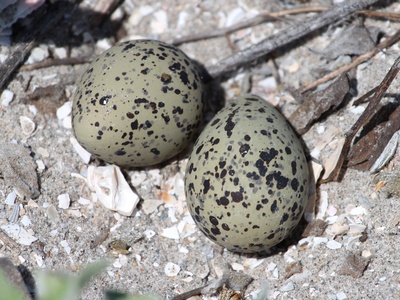
California Least Tern
A small, graceful seabird that migrates from South America to nest on San Diego’s sandy beaches. Conservation efforts focus on creating protected nesting sites to shield them from human disturbance and predators.
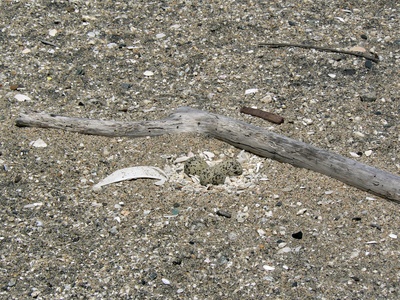
Western Snowy Plover
This tiny shorebird nests in shallow scrapes on open sand, making it extremely vulnerable to beachgoers, vehicles, and predators. Fenced-off nesting areas on beaches like Coronado are critical for its survival.
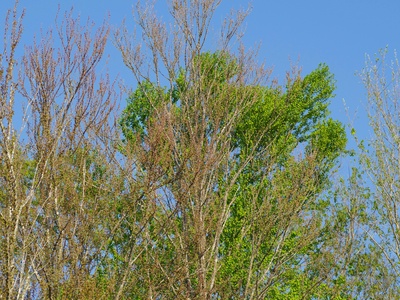
Southwestern Willow Flycatcher
This insect-eating songbird nests almost exclusively in dense thickets of willows and other riparian plants. Loss of riverside habitat due to dams and water diversion is the primary threat to its existence.
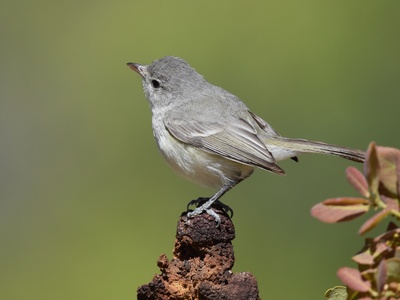
Least Bell’s Vireo
Once near extinction, this small, migratory songbird has made a comeback thanks to extensive habitat restoration. It builds a distinctive hanging cup nest in low-hanging branches of willows and other riverside trees.
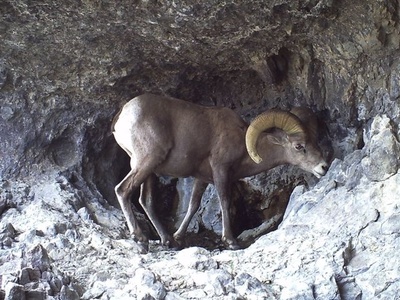
Peninsular Bighorn Sheep
Inhabiting the rugged, arid mountains of eastern San Diego County, this iconic species faces threats from habitat fragmentation, disease from domestic livestock, and human encroachment into its remote habitat.
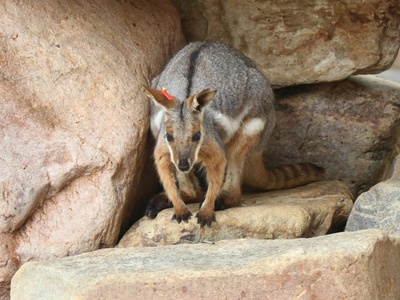
Stephens’ Kangaroo Rat
This nocturnal, seed-eating rodent is known for its powerful hind legs, allowing it to hop like a tiny kangaroo. Its survival is tied to the preservation of native grasslands, which have been largely lost to agriculture.
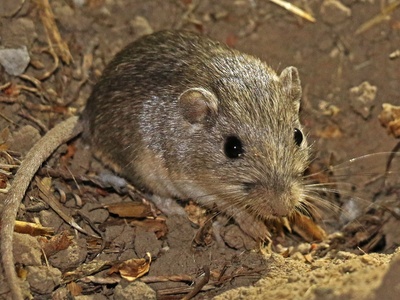
Pacific Pocket Mouse
Thought to be extinct for nearly 20 years, this tiny mouse was rediscovered in 2012. It’s one of the smallest mice in North America, and its survival depends on intact coastal scrub habitats near the ocean.
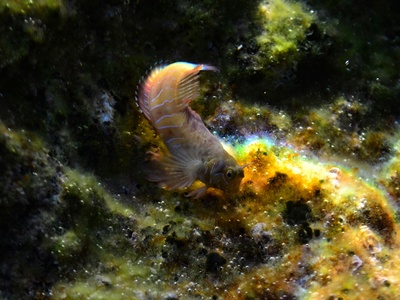
San Diego Fairy Shrimp
This tiny, translucent crustacean lives its entire life cycle in the temporary, rain-filled vernal pools of San Diego. It survives the dry season as a dormant cyst, waiting for winter rains to hatch again.
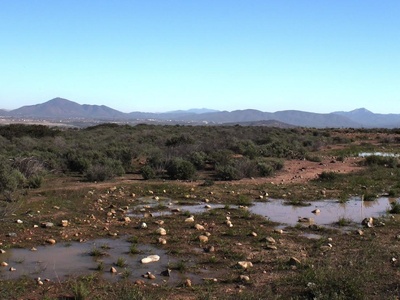
Riverside Fairy Shrimp
Slightly larger than the San Diego fairy shrimp, this species also inhabits ephemeral pools. Its habitat is one of the most threatened in California, with over 90% lost to development, making each remaining pool critical.
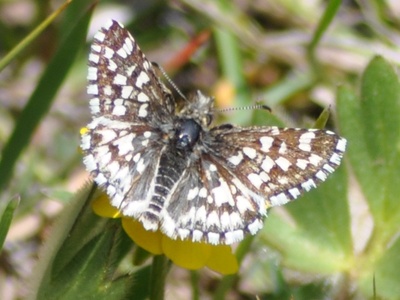
Laguna Mountains Skipper
Found only in the high-elevation meadows of the Laguna and Palomar Mountains, this tiny butterfly is completely dependent on the Cleveland’s horkelia plant. Its entire world exists in just a few small, fragile clearings.

Tidewater Goby
A small, bottom-dwelling fish that thrives in the brackish waters where freshwater streams meet the ocean. Barriers like dams and road culverts prevent it from migrating between lagoons, isolating its populations.
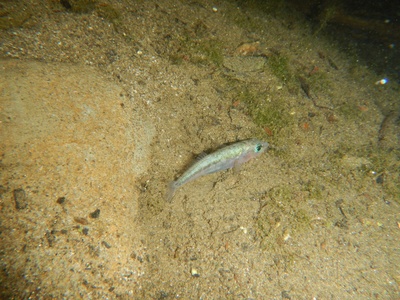
Unarmored Threespine Stickleback
This small, freshwater fish lacks the bony “armor” plates of its relatives, making it vulnerable. In San Diego, it holds on in the Santa Margarita River, threatened by non-native predators and habitat alteration.
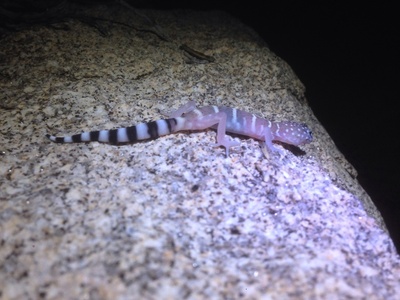
Barefoot-banded Gecko
A secretive, nocturnal lizard of the Anza-Borrego desert region, known for its soft skin and intricate banding. Its biggest threats are illegal collection for the pet trade and habitat destruction from rock quarrying.
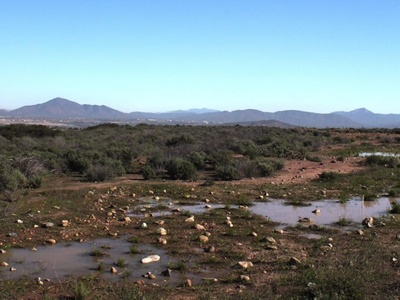
San Diego Mesa Mint
This small, aromatic annual plant produces vibrant purple flowers and is endemic to the vernal pools on San Diego’s mesas. It is a key part of a fragile, temporary wetland ecosystem that has been largely paved over.
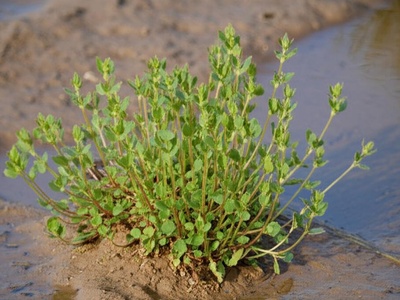
Otay Mesa Mint
Even rarer than its cousin, this mint is restricted to a few vernal pools on Otay Mesa. It faces extreme threat from urbanization, border infrastructure development, and alteration of its unique clay-pan-based habitat.

Encinitas Baccharis
A rare, long-lived shrub found only in a few locations in coastal San Diego, primarily around Encinitas. It is highly threatened by development and the increased frequency of wildfires in its coastal scrub habitat.
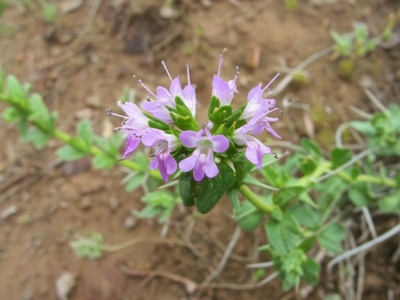
San Diego Thorn-mint
This small, spiny annual in the mint family has a strong, pleasant scent. It relies on heavy clay soils that hold water, a habitat type that is often targeted for development, making its survival precarious.
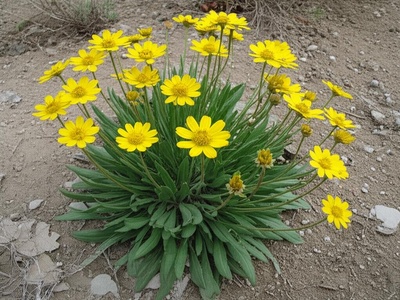
Otay Tarplant
A yellow-flowered annual from the sunflower family, this plant is now restricted to clay soils in southern San Diego County and northern Baja. Its habitat has been severely fragmented by urban and agricultural growth.
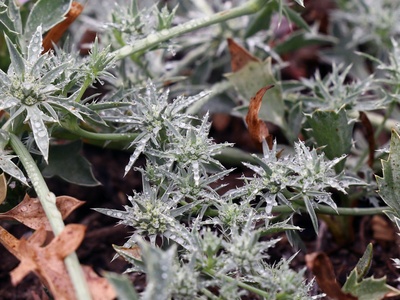
San Diego Button-celery
A unique, low-growing plant with spiny, button-like flower heads that grows in and around vernal pools. It is a critical component of the vernal pool ecosystem, one of California’s most endangered habitats.
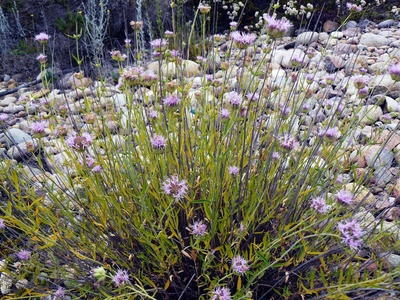
Willowy Monardella
This highly aromatic perennial mint is found almost exclusively in the sandy bottoms of a few riverbeds in San Diego County. It is threatened by flash floods, urbanization, and invasive plant species.
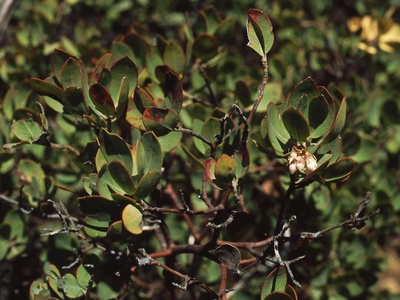
Del Mar Manzanita
A rare, beautifully-barked manzanita subspecies that grows only on sandstone soils near the coast in Del Mar and Encinitas. Its unique maritime chaparral habitat is prime real estate, making it critically endangered.
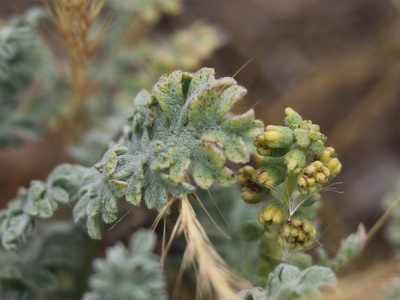
San Diego Ambrosia
This low-growing, perennial herb spreads through underground runners and is found in just a handful of locations in San Diego and Riverside counties. It is severely threatened by habitat destruction and invasive grasses.
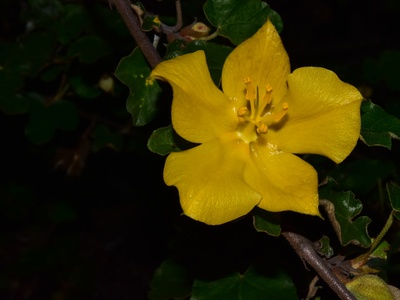
Mexican Flannelbush
A stunning, large shrub with brilliant yellow-orange flowers, this plant is found in the U.S. only on the slopes of Otay Mountain. It is highly vulnerable to changes in fire frequency and border-related activities.
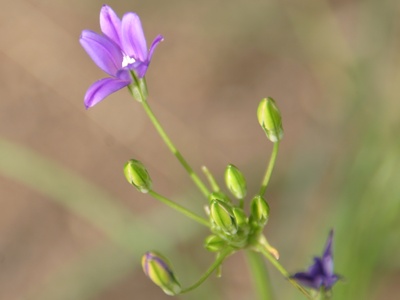
Thread-leaved Brodiaea
A delicate wildflower with violet, star-shaped flowers that emerges from a corm each spring. Much of its native grassland and vernal pool habitat has been converted to housing tracts and farms.
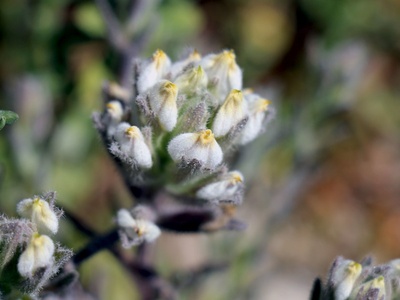
Salt Marsh Bird’s-beak
A partially parasitic plant that grows in the high tidal zones of salt marshes, attaching to the roots of other salt-tolerant plants. Its survival is tied to the health of San Diego’s few remaining coastal wetlands.
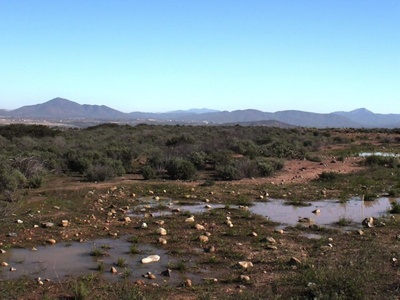
California Orcutt Grass
This annual grass is uniquely adapted to the extreme wet-and-dry cycle of vernal pools. It germinates underwater and grows as the pool dries, producing sticky, aromatic leaves that are thought to deter grazers.
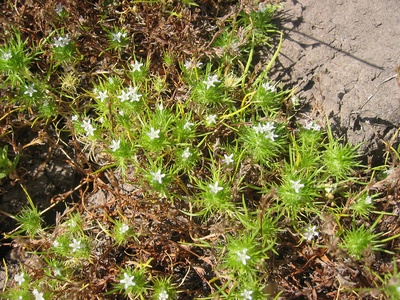
Spreading Navarretia
A small, low-growing annual with tiny, pale blue or white flowers. It thrives in the drying beds of vernal pools and other seasonal wetlands, a habitat that has become increasingly scarce in Southern California.
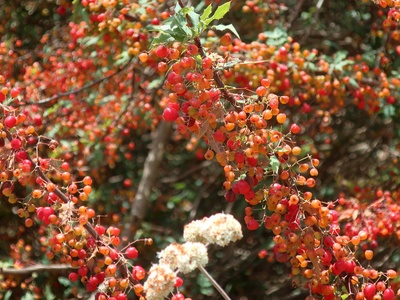
Nevin’s Barberry
A rare, evergreen shrub with sharp, holly-like leaves and bright yellow flowers. It requires the specific soil and water conditions of alluvial fans and washes, which are often altered by development and flood control projects.
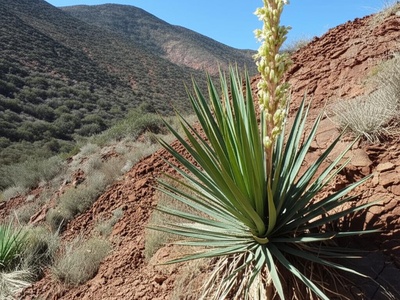
Dehesa Beargrass
This yucca-like plant has long, sharp leaves and a tall flower stalk, but it spends much of its life underground as a large tuber. It grows on specific, iron-rich gabbro soils which are also mined for materials.
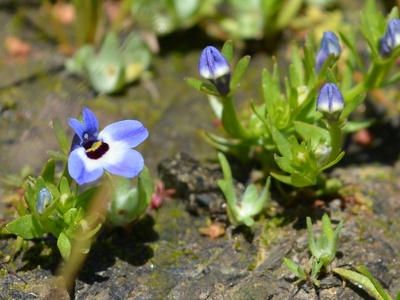
Cuyamaca Lake Downingia
An exceptionally rare annual wildflower with tiny blue-and-white flowers that grows only in the seasonally moist meadows around Cuyamaca Lake. Its existence is tied to the specific hydrology of this single mountain location.
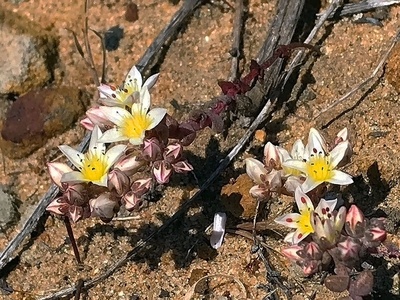
Short-leaved Dudleya
This tiny, chalky succulent is one of the world’s rarest plants, found only on a few sandstone bluffs between Torrey Pines and Del Mar. It is highly vulnerable to poaching, erosion, and foot traffic.
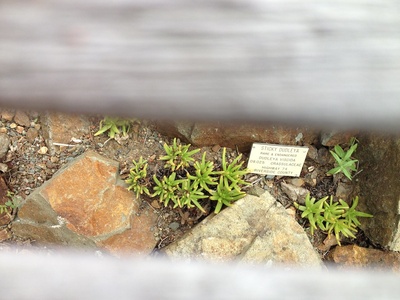
Sticky Dudleya
Found on steep, coastal cliffs from southern Orange County to Carlsbad, this succulent gets its name from its sticky flower stalk. Urban development along the coast has fragmented its small, vulnerable populations.
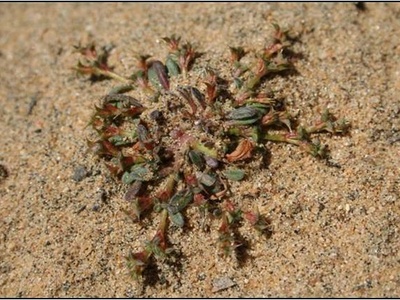
Orcutt’s Spineflower
This tiny, prostrate annual plant was thought to be extinct for decades before being rediscovered. It grows only on sandy soils in a few coastal spots, making it extremely susceptible to habitat destruction and invasive plants.
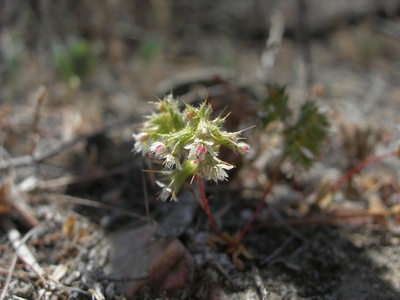
Slender-horned Spineflower
A low-growing annual that inhabits sandy, flood-prone river washes. Its survival depends on the natural cycle of flooding that clears away competing vegetation, a process often prevented by dams and channelization.

San Jacinto Valley Crownscale
This small, grayish annual plant is adapted to live in highly alkaline, salty soils at the edges of seasonal wetlands. It is threatened by agriculture and urban development that destroys these unique soil habitats.
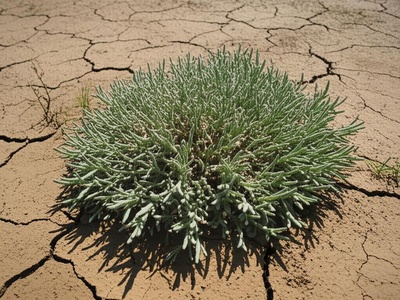
Parish’s Brittlescale
Another salt-tolerant plant, this low-growing annual thrives on the cracked, dry beds of alkaline playas and vernal pools. Its habitat is often mistaken for wasteland and is vulnerable to off-road vehicles and development.
